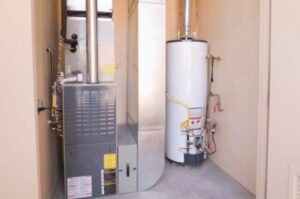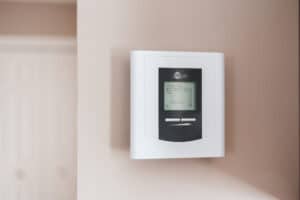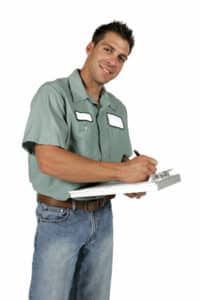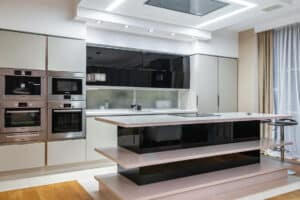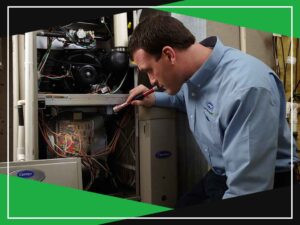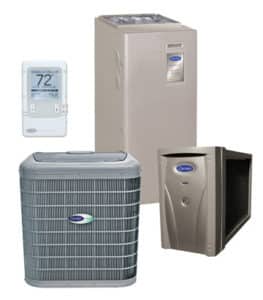
Carrier Donates to Georgia Northwestern HVAC Program
The Chattanooga based firm, Carrier Enterprise, has donated funds to assist with training students attending Northwestern Technical College in Georgia. Recently, the Tennessee firm provided a Carrier touch-screen Wi-Fi thermostat to the college as well. Carrier gave the college more than $10,000 worth of equipment and training. This will be used for the ventilation, air conditioning and heating program taught at the college’s campus in Walker County, Rock Spring. It has been widely reported that Carrier donates to Georgia Northwestern HVAC program, as a way of training the next generation of techs to service the Infinity air Conditioning System. Undoubtedly, this system is among Carrier’s best models. Another benefit of this training arrangement, is that when industry representatives visit the college, students get the chance to network with them. Hence, students learn the right information and meet the right people. In addition, at its’ Chattanooga premises, Carrier trains students of the college free of charge on how to service its’ products. Inspired by Willis Carrier’s early twentieth century work on air conditioning systems, Carrier is a leading global brand in refrigeration, air conditioning and heating solutions. Nowadays, Carrier products are used the world over, in almost every area of day


